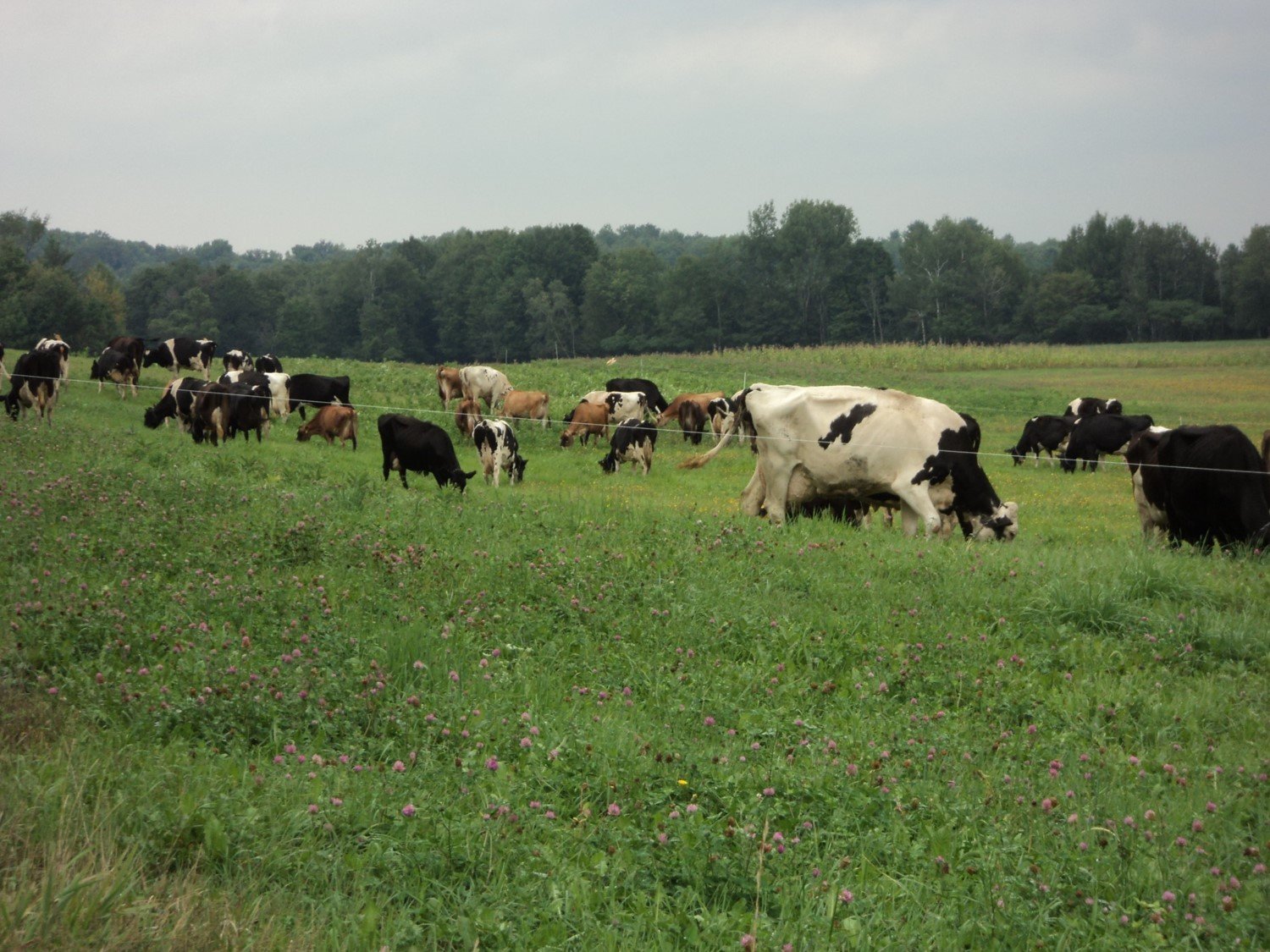Criteria 4: Plan and Plant for Ecosystem Support
Wildlife needs a diverse array of mostly native plants to thrive.
If you nurture native plants present on your property and add a variety of new natives of different sizes you can’t go wrong. Adding plants that produce fruits, nuts and nectar at different times of the year is vital and will bring lots of birds and wildlife to your property. Adding plants not native to our counties but that grow in southern Maine can both add diverse food and shelter for wildlife and potentially make your landscape resilient for the future as conditions change. If you have a residential lawn, consider adding or keeping plants there other than traditional grass turf. You’ll find it is much more interesting and beautiful, and can be great habitat. If you don’t have other vertical layers such as shrubs, small trees and large trees, you can begin planting those types of plants. Layering is also more attractive than one level of vegetation.
Some Suggestions
Mow less often. Every two weeks can work most of the time in Maine. Longer grass resists weeds and supports other plants like wildflowers. You can also plant a no-mow lawn of sedges and other plants.
Create hedges and edge plantings with different layers.
Add large trees with high wildlife value that also support our native insects such as oaks, willows, birches, cherries and other fruit trees.
Remove invasives! See criteria 3.
Have at least 70% native plants, with 30% or less of non-natives, cultivars and nativars.
Learn more with our guides below.
Resources
Conservation Landscape Certification Resource Guide
Links to Online Resources
Recommended Books

